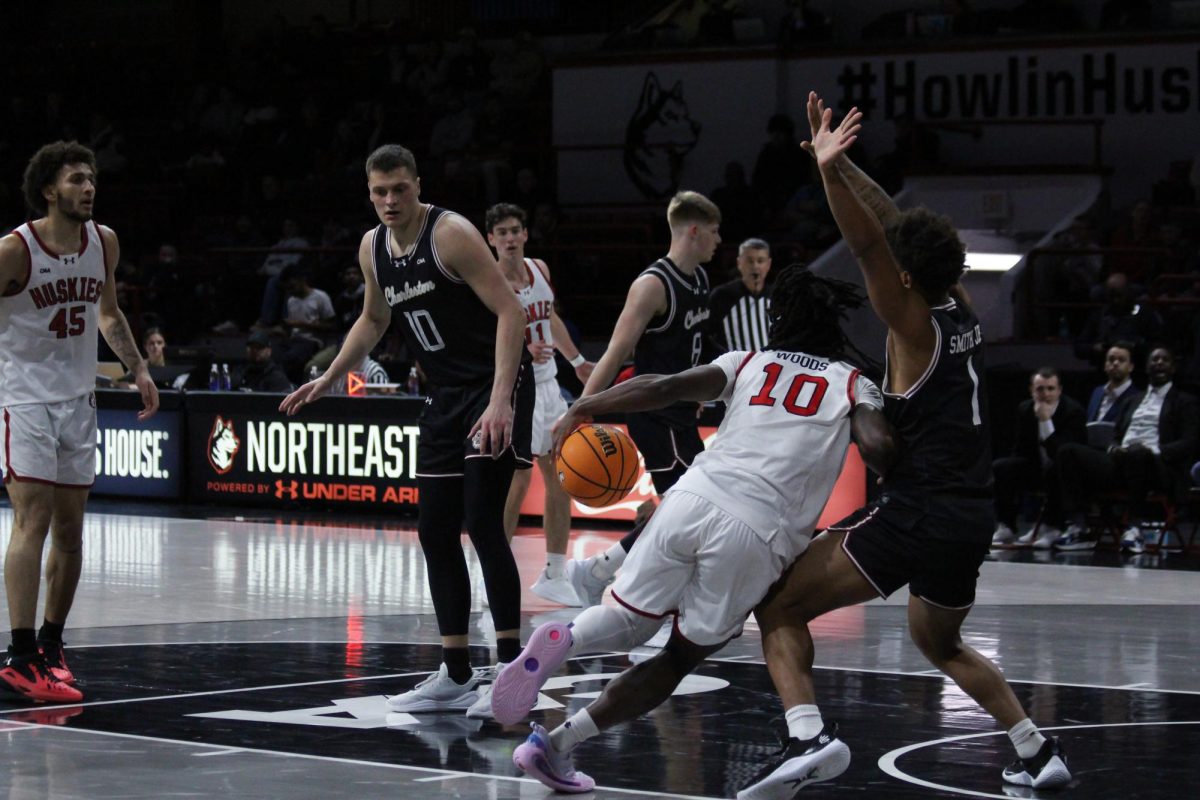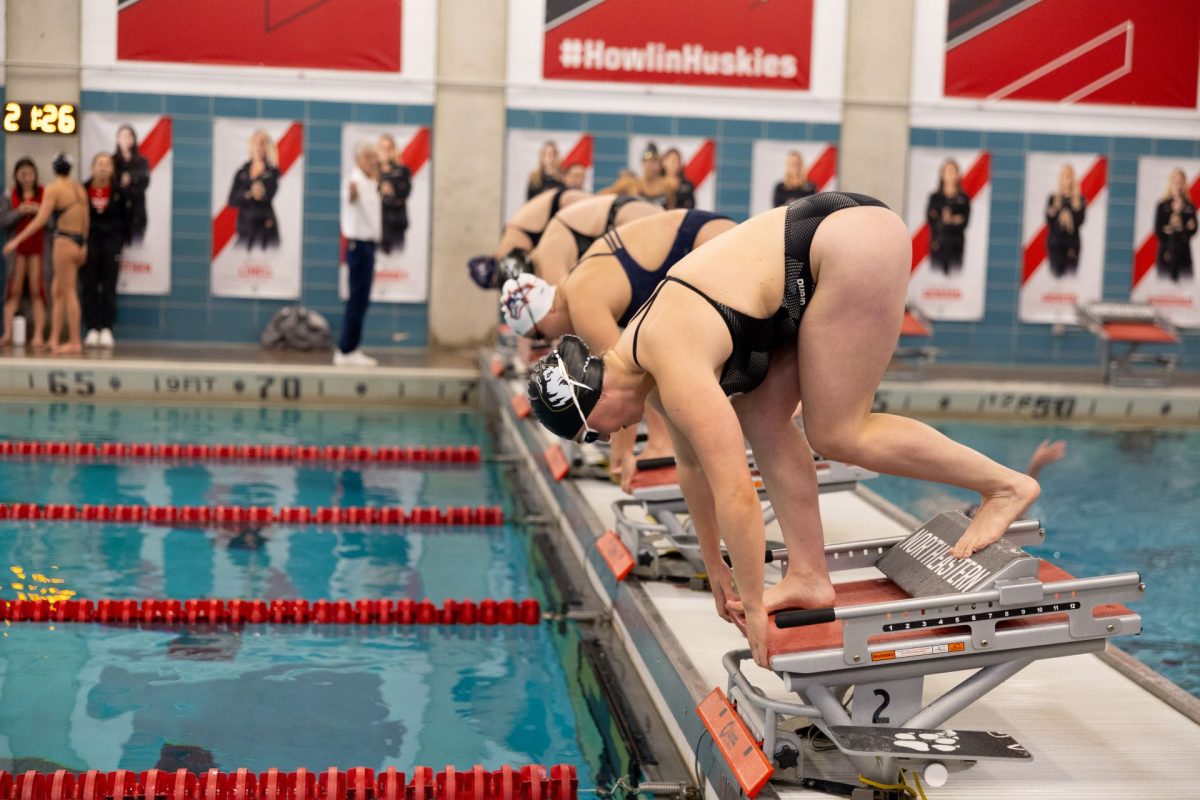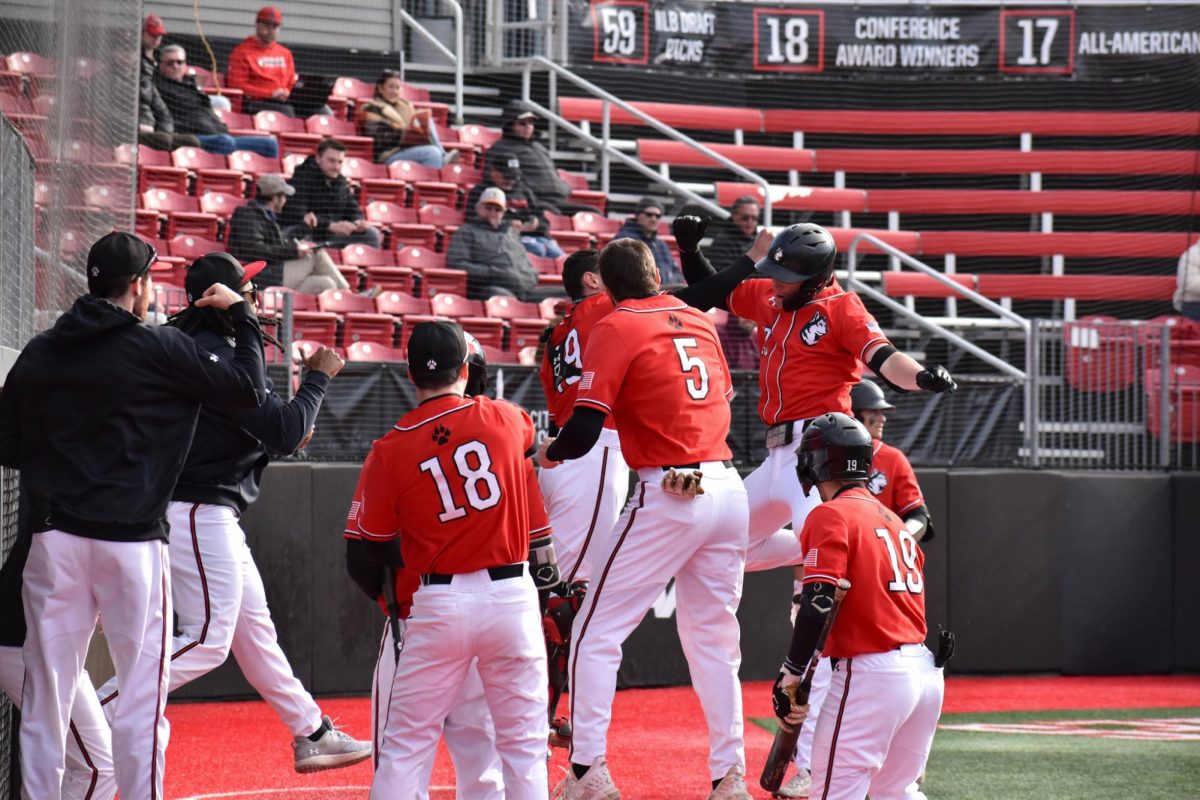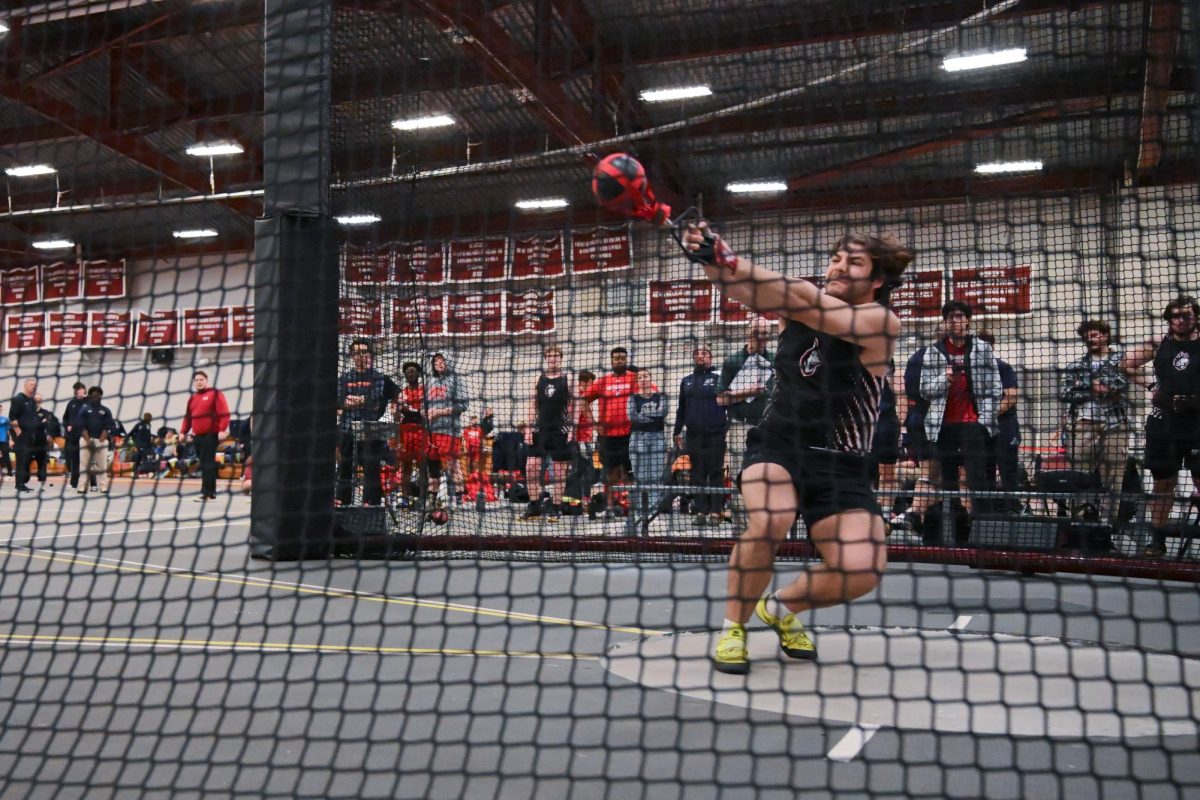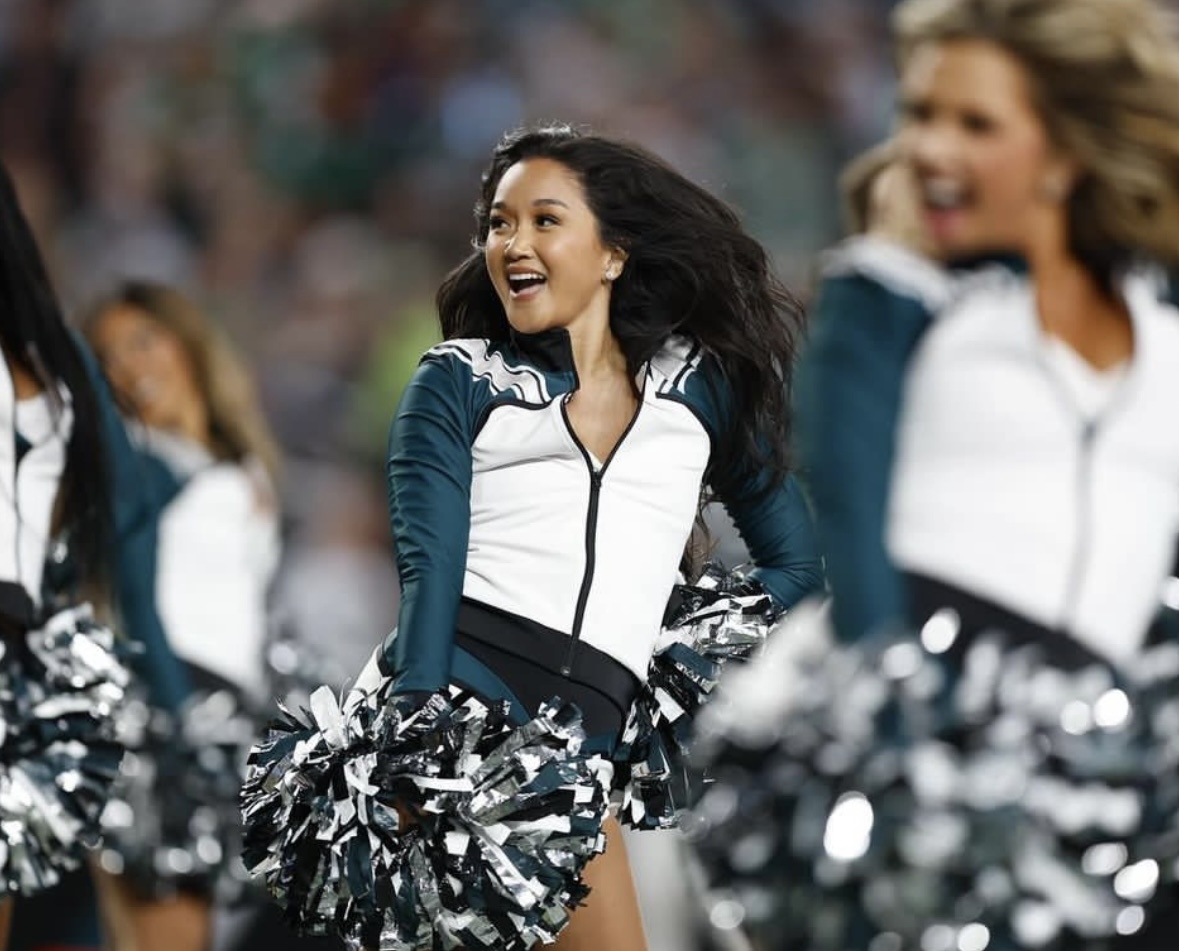By Alex Faust, News Staff
 For spring break, I visited a friend in Durham, N.C. As a part of my visit, I had the good fortune to attend a Duke University basketball game, which was a phenomenal experience. A night at the famed Cameron Indoor stadium is a unique sports experience that only a few thousand fans get to enjoy on a nightly basis. Entry into the arena is a coveted prize, sometimes requiring days (or, if it’s the game against UNC, upwards of a month) of camping outside the arena to attain.
For spring break, I visited a friend in Durham, N.C. As a part of my visit, I had the good fortune to attend a Duke University basketball game, which was a phenomenal experience. A night at the famed Cameron Indoor stadium is a unique sports experience that only a few thousand fans get to enjoy on a nightly basis. Entry into the arena is a coveted prize, sometimes requiring days (or, if it’s the game against UNC, upwards of a month) of camping outside the arena to attain.
The student section, which is within arm’s reach of press row (actually, more like hand’s reach, since they literally stand pressed against the chair backs of the media), is remarkably similar to what you’ll find at Matthews Arena. The notoriety of the “Cameron Crazies” is partly due to their proximity to the action, and more due to the history, reputation and continued success of the men’s basketball program at Duke. Yet the diverse cross-section of fans struck me as remarkably similar ordinary college students like you and me.
How does this experience relate to Northeastern? As an institution – and this reaches all the way to the desk of President Joseph Aoun – we have a choice. In a conversation I had with Duke Athletic Director Kevin White, he framed it as a continuum:
“In some places, the value of intercollegiate athletics is really to be provided this unique educational experience,” White said. “Then there’s other places where it has a high premium on the entertainment side, and it is clearly an institutional advancement tool for a university, it is a mechanism to keep alumni and friends of the institution connected.”
Somewhere on that continuum lies Northeastern. Unfortunately, Northeastern’s position as a mid-level athletics program gives little flexibility, and the end result is that often compromises must be made. Either athletics can be used wholeheartedly as a marketing vehicle, as a driver for alumni interest/donations, and for school spirit, or it can be used as an educational tool to provide a unique experience – the opportunity to be a Division I athlete yet be afforded a free or heavily discounted education.
When Northeastern cut its football program a little under 17 months ago, the consensus was to use that decision as a catalyst for improvements across the board. Since then, no team has advanced to a conference championship game or made an NCAA tournament appearance. Has Northeastern been successful the past few years?
“We do not define success merely through wins and losses. Instead, we recognize that success comes from creating a positive student-athlete experience,” Athletic Director Peter Roby said in a November 2009 letter to The News. “Athletics should contribute to the life of the university and positively impact those who participate. I want athletics to serve as a source of pride for our community, while fielding teams that we feel can compete every time they take the field, ice, track, pool or court.”
When I asked White about how he defines success at Duke, the answer was not that dissimilar, except for his third criterion:
“We’re pretty darn bullish,” White said. “We want our athletes to graduate in the most demanding [curricula] that we have and at a very high level. We want them to be really great people that are committed to the service of society and beyond that, we want them to win national championships. That’s success here.”
It would be unrealistic for me to argue that it should be a goal for Northeastern to win national championships. But perhaps we can re-evaluate how success here is defined. Northeastern should not aspire to just be competitive, it should aspire to win championships, while expecting to compete for them.



